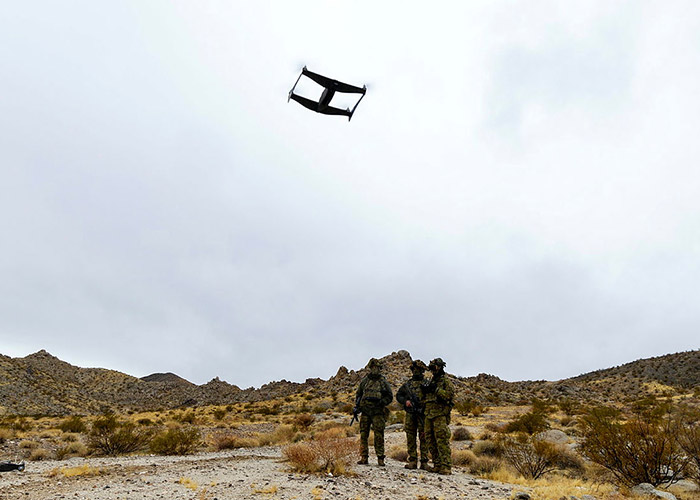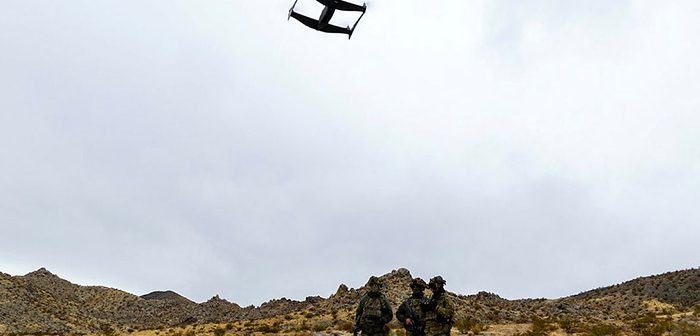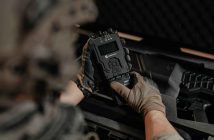
Just four months after the announcement of Project LAND 156, the Australian Government has issued an initial rolling wave of contracts worth $16.9 million to 11 vendors, including five Australian companies, to rapidly deliver counter-drone capability and technologies.
This means that following testing, at least 120 of the world’s most capable threat detectors and drone-defeating technologies, will rapidly be introduced into service by the ADF.
Further counter-drone acquisitions will be announced in the coming months, including contracts to deliver a command-and-control capability, and additional advanced counter-drone sensors and effectors, giving the ADF more options to protect Australian defence bases.
Through Project LAND 156, the ADF will continually upgrade and refresh capabilities to address emerging drone threats. This process is driven by $58 million of investment by the Albanese Government over the past three years in research, development and prototyping.
The Advanced Strategic Capabilities Accelerator’s (ASCA) Mission Syracuse is also accelerating the development of capabilities to counter medium size drones and swarms of drones, providing cutting-edge future capability options for LAND 156.
The Albanese Government is investing more than $10 billion on drones over the next decade, including at least $4.3 billion on uncrewed aerial systems. This funding will strengthen the sovereign Defence industry, with partners such as Droneshield, Sypaq Systems, AMSL Aero, Grabba Technologies and Boresight.
These capabilities will complement current in-service drones such as the Black Hornet, PUMA, Wasp, Skylark and R70 Skyranger, as well as those currently being introduced into service including the Switchblade 300, Insitu Pacific Integrator, and Quantum Systems Vector 2-in-1.
The ADF has a large array of uncrewed aerial systems already in service, including armed drones. A range of drone capabilities are also being tested at Exercise Talisman Sabre to accelerate evaluation, and delivery into the hands of the ADF.
DroneShield was awarded approximately $5 million of a $16.9 million in contracts. The contract involves the provision of portable drone detection and defeat systems designed to support ADF personnel in identifying and mitigating unmanned aerial threats. This procurement forms part of the Commonwealth’s broader initiative to accelerate the acquisition of counter-drone capabilities.
In addition to this equipment delivery, DroneShield stands ready to support the ADF as Systems Integration Partner under the broader LAND 156 program. With deep expertise in sensor fusion, electronic warfare, and command-and-control integration, DroneShield is well positioned to contribute to the development of scalable, interoperable counter-drone architectures that meet Defence’s evolving operational requirements.
Hon Pat Conroy MP, Minister for Defence Industry, has commented, “Australian industry is critical to delivering this technology, and they are demonstrating world leading innovation while creating Australian jobs.”
“We welcome the opportunity to support the Australian Defence Force through Project LAND 156. This contract reflects the growing operational need for portable counter-drone capabilities and DroneShield’s continued role in delivering solutions aligned with Defence requirements,” said DroneShield Chief Executive Oleg Vornik.
“DroneShield’s handheld systems are designed for rapid deployment and ease of use in complex operational environments, offering frontline personnel reliable tools to detect and neutralise hostile drones. The awarded contract builds on DroneShield’s track record of delivering counter-UAS solutions to military and law enforcement customers globally, including in Ukraine.”
Image: ADF – Australian soldiers operate an Unmanned Aerial Vehicle, or drone, as part of the ‘Hyper-Teaming’ experiment at Project Convergence Capstone 5, at Fort Irwin, California.






